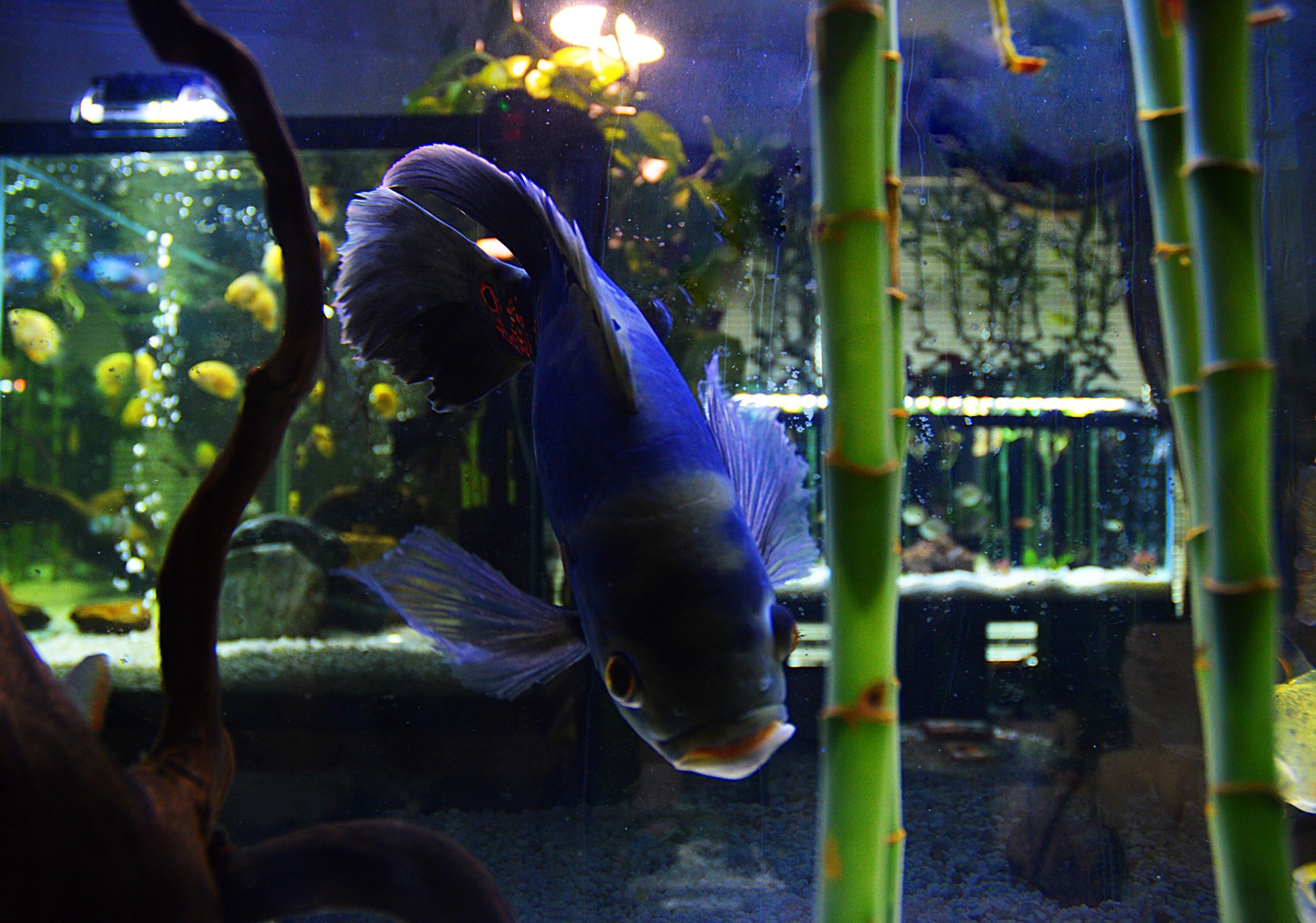I recently bought some water soldier plants for my pond. I attempted to disinfect them by placing 100ml of thin bleach in 10 litres of water. I submerged them in for around 5 minutes. They are now visibly dying.
I have obviously got the dose wrong.
What dose should I use?
I have obviously got the dose wrong.
What dose should I use?



